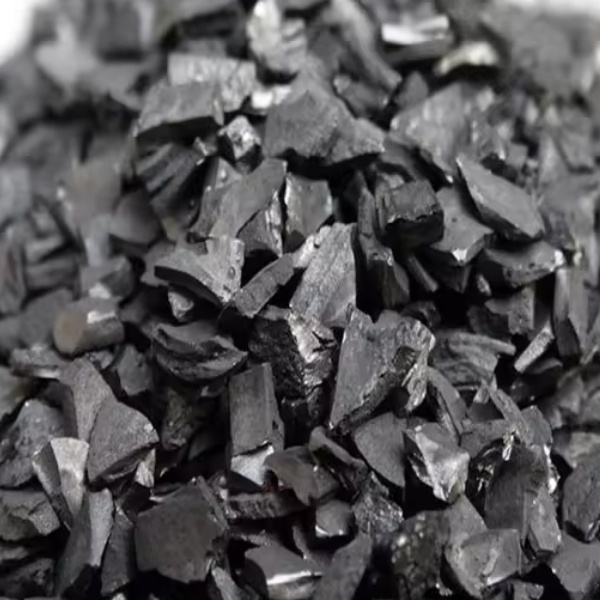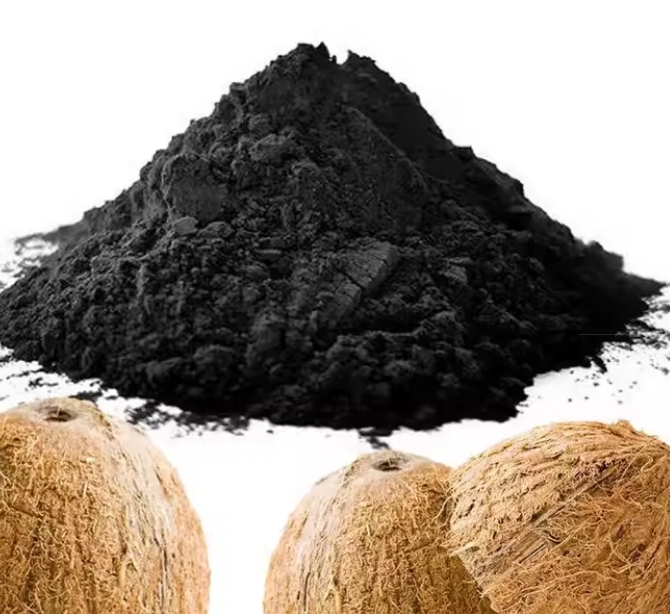If you are not familiar with coconut shell activated carbon, how to choose coconut shell activated carbon is a problem. Through this article, you can learn how to choose coconut shell activated carbon correctly.Choosing the right coconut shell activated carbon depends on several factors related to your specific application.
- Application Requirements:
Water Treatment: Look for activated carbon with high iodine number and low ash content.
Air Purification: Consider activated carbon with high surface area and specific pore size distribution.
Food and Beverage Processing: Choose food-grade activated carbon with certification for use in consumable products.
Gold Recovery: Select activated carbon with high hardness and abrasion resistance.
- Physical and Chemical Properties:
Surface Area: Higher surface area typically means better adsorption capacity. Check the BET surface area in the product specifications.
Pore Size Distribution: Match the pore size to the size of the contaminants you need to adsorb. Micro-pores are effective for small molecules, while meso- and macro-pores are better for larger molecules.
Iodine Number: Indicates the micropore content of the activated carbon. A higher iodine number usually means higher adsorption capacity.
Ash Content: Lower ash content is preferable as it indicates higher purity and less interference with the adsorption process.
Hardness: Important for applications where the carbon will be subject to physical stress.
- Form and Granularity:
Powdered Activated Carbon (PAC): Used for quick adsorption and in applications where easy mixing is needed.
Granular Activated Carbon (GAC): Commonly used in fixed-bed applications like water and air filters.
Pelletized Activated Carbon: Used in applications requiring low dust generation and high mechanical strength.
- Supplier Reputation:
Certifications: Ensure the supplier has relevant certifications such as NSF, ISO, or food-grade certifications if needed.
Quality Control: Look for suppliers that have rigorous quality control measures to ensure consistent product quality.
Customer Reviews and References: Check reviews and ask for references to understand the performance of the product in real-world applications.
- Cost Considerations:
Initial Cost vs. Long-Term Cost: While higher quality activated carbon might be more expensive initially, it can offer better performance and longer life, reducing long-term costs.
Bulk Purchase Discounts: Consider buying in bulk if your usage is high, as suppliers often offer discounts for large orders.
- Testing and Trials:
Small-Scale Testing: Before committing to a large purchase, test a small quantity in your specific application to ensure it meets your requirements.
Technical Support: Choose a supplier that offers technical support to help you optimize the use of activated carbon in your application.
Summary:
Choosing the right coconut shell activated carbon involves understanding the specific needs of your application, evaluating the physical and chemical properties of the carbon, and selecting a reputable supplier. Conducting small-scale trials and considering long-term costs can also help in making the best choice.



